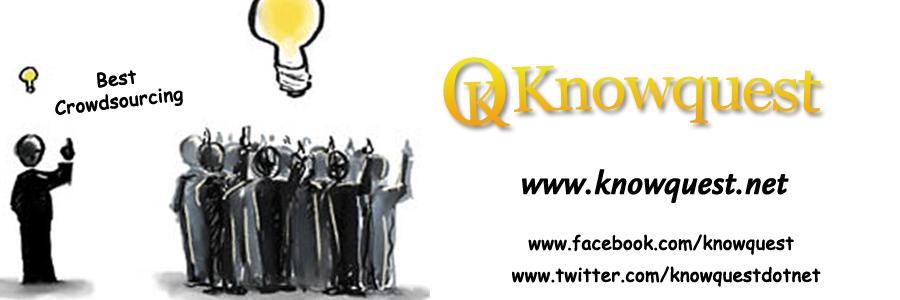Why Crowdsourcing?

The test of dispensing rare assets to expand profits has ended up harder than before with the downturn in the economy and resulting plan cuts. IT staffs, specifically, must accomplish more with less, taking off results rapidly while keeping up or enhancing nature of administration. In this battle for efficiencies, IT dangers assigning assets to activities that may not give the establishment the greatest value for its money. Best Crowdsourcing can help with a percentage of the extreme decisions organizations are confronting today, in the accompanying ways:
Prioritizing rare assets. Crowdsourcing can help figure out which activities clients esteem most, letting organizations prioritize plan and assets for these activities.
Expanding community advancement. Aggregate critical thinking can prompt advancements or new plans that may not be conceivable when kept to a little gathering or a single person.
Getting to a bigger ability pool (aggregate sagacity) for critical thinking. Crowdsourcing lets an establishment get to awhile ago difficult to reach intelligent capital. For instance, it gives a gathering to any representative or learner to present her plans (and critical thinking capacities) before a whole group, though these thoughts are regularly lost in interpretation when transmitted through conventional institutional channels.
Continuous outside output for vital arranging. Crowdsourcing takes into account ceaseless engagement of groups and could be an important hotspot for persistent outer sweeps for key arranging.
Reinforcing the feeling of group. Crowdsourcing can make a shared environment that strengthens a solid feeling of group.
Three Crowdsourcing Steps
In crowdsourcing, there are three steps to overseeing and actualizing thoughts
1. Gather
The principal step is to accumulate thoughts and after that distribute them for popular notion. This obliges requesting of new thoughts on a progressing premise or at key focuses in time. Progressing request is the best, yet requires devoted assets. Requesting at a point in time welcomes the danger of losing thoughts — individuals may overlook or detached enthusiasm toward imparting their plans on the off chance that they can't do so quickly. The downside to prompt correspondence is that benefactors may not have confirmed or thoroughly considered their plans.
An alternate vital attention is whether the foundation ought to channel thoughts before distributed them for popular notion. An excess of terrible plans can demoralize investment, however separating thoughts can bring up imperative issues about the framework's decency and flexibility of discourse.
Open or group notion is an alternate key part of social occasion plans. Conclusions must be unmistakable to support solid dialog. Be that as it may, observing presumptions and overseeing them — that is, demoralizing those that are out of line or outside the realm of relevance — is essential to keeping the discussion significant.
2. Process
The second step is transforming the submitted thoughts and the copartnered open remarks. Preparing includes choosing which plans are prominent enough to execute or are conceivable to actualize. Case in point, an incredible thought could be past the establishment's assets. All things considered, the foundation may need to pick a thought that has less prevalent help however is inside its assets.
An alternate key part of handling thoughts is conveying the purpose behind picking a thought for usage. Transparency is important for crowdsourcing to work.
3. Implement
Execution requires the devotion of an organization's assets. A thought or a gathering of plans picked for usage may clash with the establishment's present necessities. The usage process secures the necessity and the extent of the execution, and allots plan and different assets.
Similarly as with the methodology step, it is extremely imperative to impart the advancement of the usage to fabricate certainty the whole time.

